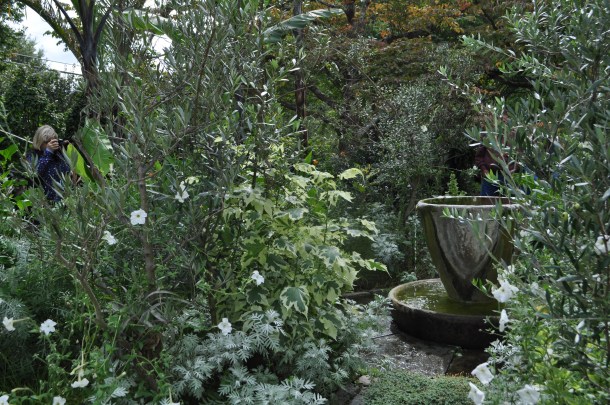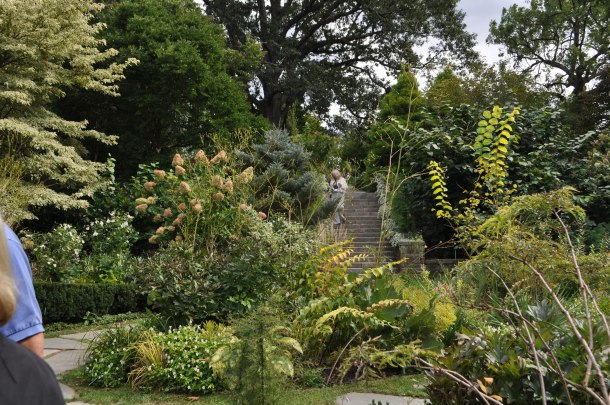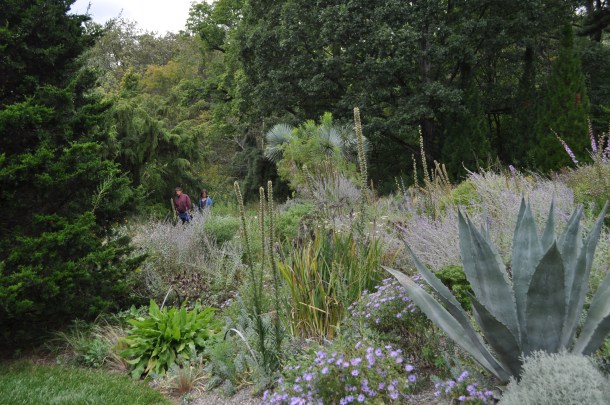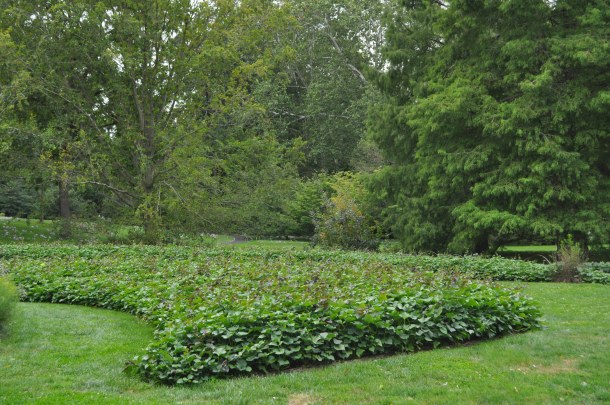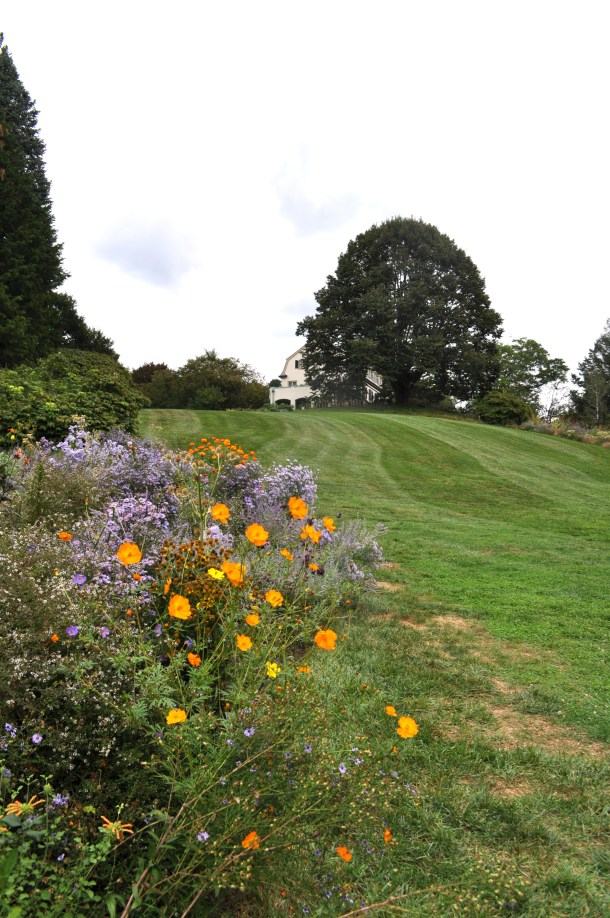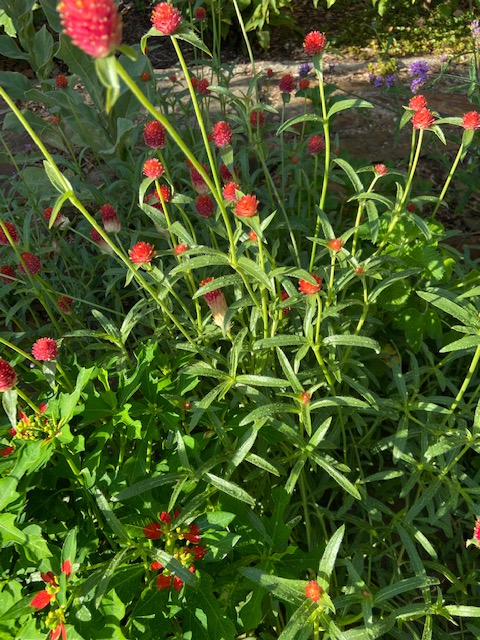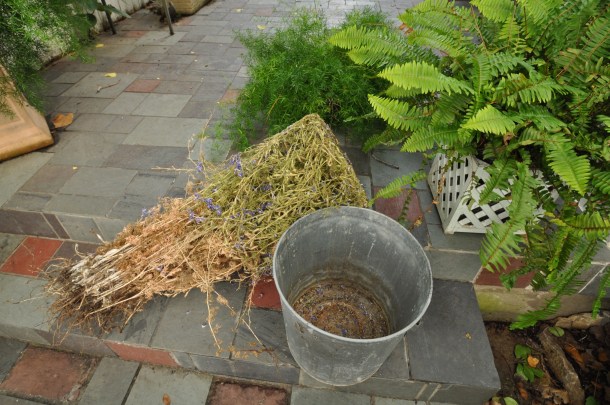January 10, 2024
This is the time of the year when one things about past efforts and plans ahead for what’s to come—naturally the future must be vastly improved over what came before. Its been that way for a long time. After all January is named for Janus the god who is able to look to the past and the future.
All useful so far. Evaluating past efforts and planning for the future is important for just about everything.
However this is also a time when one is most susceptible to promises of perfection if only you buy something—well not just anything of course but the new and improved item currently on offer. Let’s not consider the diets and health promoting supplements and the body that would be ours if only a new and improved fitness machine was ordered. All available right now and payment can be easy—there is a plan available.
Gardeners are not immune to these thoughts by any means. Emails seem to arrive daily to showcase the “must haves” for this years garden. All involve buying the new and improved plants from all sorts of places. Catalogues have pictures that are simply astonishing The flowers in glorious colors. Petals are now double and triple and maybe more. Some seem to be very small “fit any space” How can this be exactly. Surely they would want to grow at least a little bit.
Even shrubs and trees are new and have amazing flowers and turn all sorts of colors. Buy now” really seems the only reasonable thing to do after all “supply may be limited”.
But wait—take a deep breath and consider—where will all these new plants go? Go back and look at your garden photos (you know they are right there) and when you look you see that not only was the garden actually lovely it was pretty full.
Now there is nothing all wrong with buying new plants. There are indeed new discoveries to be made. Plus its just fun and adds excitement to the garden—and may be the key to the perfection everyone is looking for—this could happen.
Just think carefully about replacing the tried and true plants. The ones you have counted on for years—that have stood the tests of time and weather. Afterall they hold memories of past gardens—yours and so many others—and even of the gardeners who loved them before you and maybe even shared them. It’s a lot to think about.


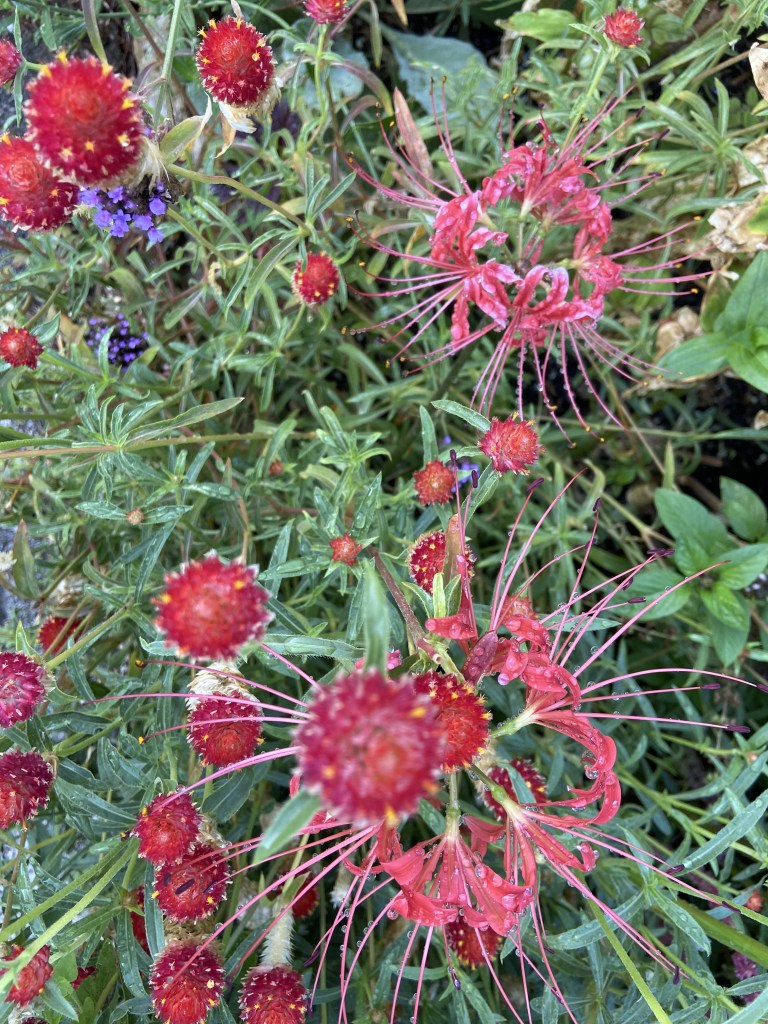





The little song children used to sing sums it up:
Make new friends but keep the old— one is silver and the other gold.
Susan Thornbury, Dallas County Master Gardener Class of 2008

